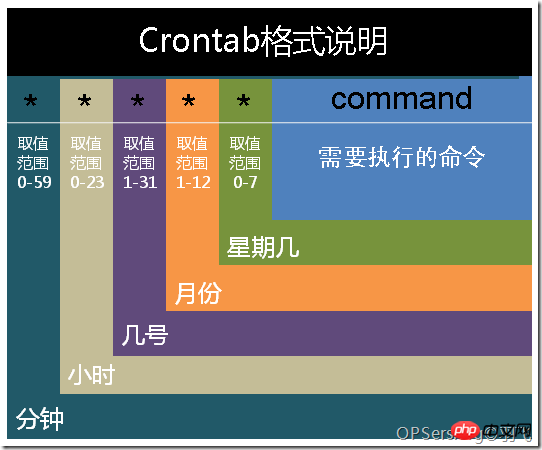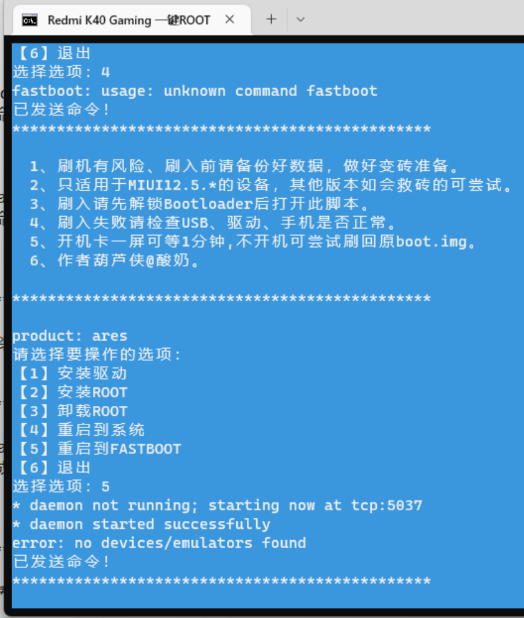
本文讲的是 当redis设定了最大内存之后,缓存中的数据集大小超过了一定比例,实施的淘汰策略,不是删除过期键的策略,虽然两者非常相似。
在 redis 中,允许用户设置最大使用内存大小通过配置redis.conf中的maxmemory这个值来开启内存淘汰功能,在内存限定的情况下是很有用的。
设置最大内存大小可以保证redis对外提供稳健服务。
推荐:redis教程
redis 内存数据集大小上升到一定大小的时候,就会施行数据淘汰策略。redis 提供 6种数据淘汰策略通过maxmemory-policy设置策略:
volatile-lru:从已设置过期时间的数据集(server.db[i].expires)中挑选最近最少使用的数据淘汰
volatile-ttl:从已设置过期时间的数据集(server.db[i].expires)中挑选将要过期的数据淘汰
volatile-random:从已设置过期时间的数据集(server.db[i].expires)中任意选择数据淘汰
allkeys-lru:从数据集(server.db[i].dict)中挑选最近最少使用的数据淘汰
allkeys-random:从数据集(server.db[i].dict)中任意选择数据淘汰
no-enviction(驱逐):禁止驱逐数据
redis 确定驱逐某个键值对后,会删除这个数据并将这个数据变更消息发布到本地(AOF 持久化)和从机(主从连接)
LRU 数据淘汰机制
在服务器配置中保存了 lru 计数器 server.lrulock,会定时(redis 定时程序 serverCorn())更新,server.lrulock 的值是根据 server.unixtime 计算出来的。
另外,从 Struct redisObject 中可以发现,每一个 redis 对象都会设置相应的 lru。可以想象的是,每一次访问数据的时候,会更新 redisObject.lru。
LRU 数据淘汰机制是这样的:在数据集中随机挑选几个键值对,取出其中 lru 最大的键值对淘汰。所以,你会发现,redis 并不是保证取得所有数据集中最近最少使用(LRU)的键值对,而只是随机挑选的几个键值对中的。
// redisServer 保存了 lru 计数器 struct redisServer { ... unsigned lruclock:22; /* Clock incrementing every minute, for LRU */ ... }; // 每一个 redis 对象都保存了 lru #define REDIS_LRU_CLOCK_MAX ((1lru */ #define REDIS_LRU_CLOCK_RESOLUTION 10 /* LRU clock resolution in seconds */ typedef struct redisObject { // 刚刚好 32 bits // 对象的类型,字符串/列表/集合/哈希表 unsigned type:4; // 未使用的两个位 unsigned notused:2; /* Not used */ // 编码的方式,redis 为了节省空间,提供多种方式来保存一个数据 // 譬如:“123456789” 会被存储为整数 123456789 unsigned encoding:4; unsigned lru:22; /* lru time (relative to server.lruclock) */ // 引用数 int refcount; // 数据指针 void *ptr; } robj; // redis 定时执行程序。联想:linux cron int serverCron(struct aeEventLoop *eventLoop, long long id, void *clientData) { ...... /* We have just 22 bits per object for LRU information. * So we use an (eventually wrapping) LRU clock with 10 seconds resolution. * 2^22 bits with 10 seconds resolution is more or less 1.5 years. * * Note that even if this will wrap after 1.5 years it's not a problem, * everything will still work but just some object will appear younger * to Redis. But for this to happen a given object should never be touched * for 1.5 years. * * Note that you can change the resolution altering the * REDIS_LRU_CLOCK_RESOLUTION define. */ updateLRUClock(); ...... } // 更新服务器的 lru 计数器 void updateLRUClock(void) { server.lruclock = (server.unixtime/REDIS_LRU_CLOCK_RESOLUTION) & REDIS_LRU_CLOCK_MAX; }
TTL 数据淘汰机制
redis 数据集数据结构中保存了键值对过期时间的表,即 redisDb.expires。和 LRU 数据淘汰机制类似,TTL 数据淘汰机制是这样的:从过期时间的表中随机挑选几个键值对,取出其中 ttl 最大的键值对淘汰。同样你会发现,redis 并不是保证取得所有过期时间的表中最快过期的键值对,而只是随机挑选的几个键值对中的。
总结
redis 每服务客户端执行一个命令的时候,会检测使用的内存是否超额。如果超额,即进行数据淘汰。
// 执行命令 int processCommand(redisClient *c) { ...... // 内存超额 /* Handle the maxmemory directive. * * First we try to free some memory if possible (if there are volatile * keys in the dataset). If there are not the only thing we can do * is returning an error. */ if (server.maxmemory) { int retval = freeMemoryIfNeeded(); if ((c->cmd->flags & REDIS_CMD_DENYOOM) && retval == REDIS_ERR) { flagTransaction(c); addReply(c, shared.oomerr); return REDIS_OK; } } ...... } // 如果需要,是否一些内存 int freeMemoryIfNeeded(void) { size_t mem_used, mem_tofree, mem_freed; int slaves = listLength(server.slaves); // redis 从机回复空间和 AOF 内存大小不计算入 redis 内存大小 /* Remove the size of slaves output buffers and AOF buffer from the * count of used memory. */ mem_used = zmalloc_used_memory(); // 从机回复空间大小 if (slaves) { listIter li; listNode *ln; listRewind(server.slaves,&li); while((ln = listNext(&li))) { redisClient *slave = listNodeValue(ln); unsigned long obuf_bytes = getClientOutputBufferMemoryUsage(slave); if (obuf_bytes > mem_used) mem_used = 0; else mem_used -= obuf_bytes; } } // server.aof_buf && server.aof_rewrite_buf_blocks if (server.aof_state != REDIS_AOF_OFF) { mem_used -= sdslen(server.aof_buf); mem_used -= aofRewriteBufferSize(); } // 内存是否超过设置大小 /* Check if we are over the memory limit. */ if (mem_used expires. */ if (server.maxmemory_policy == REDIS_MAXMEMORY_VOLATILE_LRU) de = dictFind(db->dict, thiskey); o = dictGetVal(de); // 计算数据的空闲时间 thisval = estimateObjectIdleTime(o); // 当前键值空闲时间更长,则记录 /* Higher idle time is better candidate for deletion */ if (bestkey == NULL || thisval > bestval) { bestkey = thiskey; bestval = thisval; } } } // TTL 策略:挑选将要过期的数据 /* volatile-ttl */ else if (server.maxmemory_policy == REDIS_MAXMEMORY_VOLATILE_TTL) { // server.maxmemory_samples 为随机挑选键值对次数 // 随机挑选 server.maxmemory_samples个键值对,驱逐最快要过期的数据 for (k = 0; k id); decrRefCount(keyobj); keys_freed++; // 将从机回复空间中的数据及时发送给从机 /* When the memory to free starts to be big enough, we may * start spending so much time here that is impossible to * deliver data to the slaves fast enough, so we force the * transmission here inside the loop. */ if (slaves) flushSlavesOutputBuffers(); } } // 未能释放空间,且此时 redis 使用的内存大小依旧超额,失败返回 if (!keys_freed) return REDIS_ERR; /* nothing to free... */ } return REDIS_OK; }
适用场景
下面看看几种策略的适用场景:
allkeys-lru: 如果我们的应用对缓存的访问符合幂律分布(也就是存在相对热点数据),或者我们不太清楚我们应用的缓存访问分布状况,我们可以选择allkeys-lru策略。
allkeys-random: 如果我们的应用对于缓存key的访问概率相等,则可以使用这个策略。
volatile-ttl: 这种策略使得我们可以向Redis提示哪些key更适合被eviction。
另外,volatile-lru策略和volatile-random策略适合我们将一个Redis实例既应用于缓存和又应用于持久化存储的时候,然而我们也可以通过使用两个Redis实例来达到相同的效果,值得一提的是将key设置过期时间实际上会消耗更多的内存,因此我们建议使用allkeys-lru策略从而更有效率的使用内存。

















